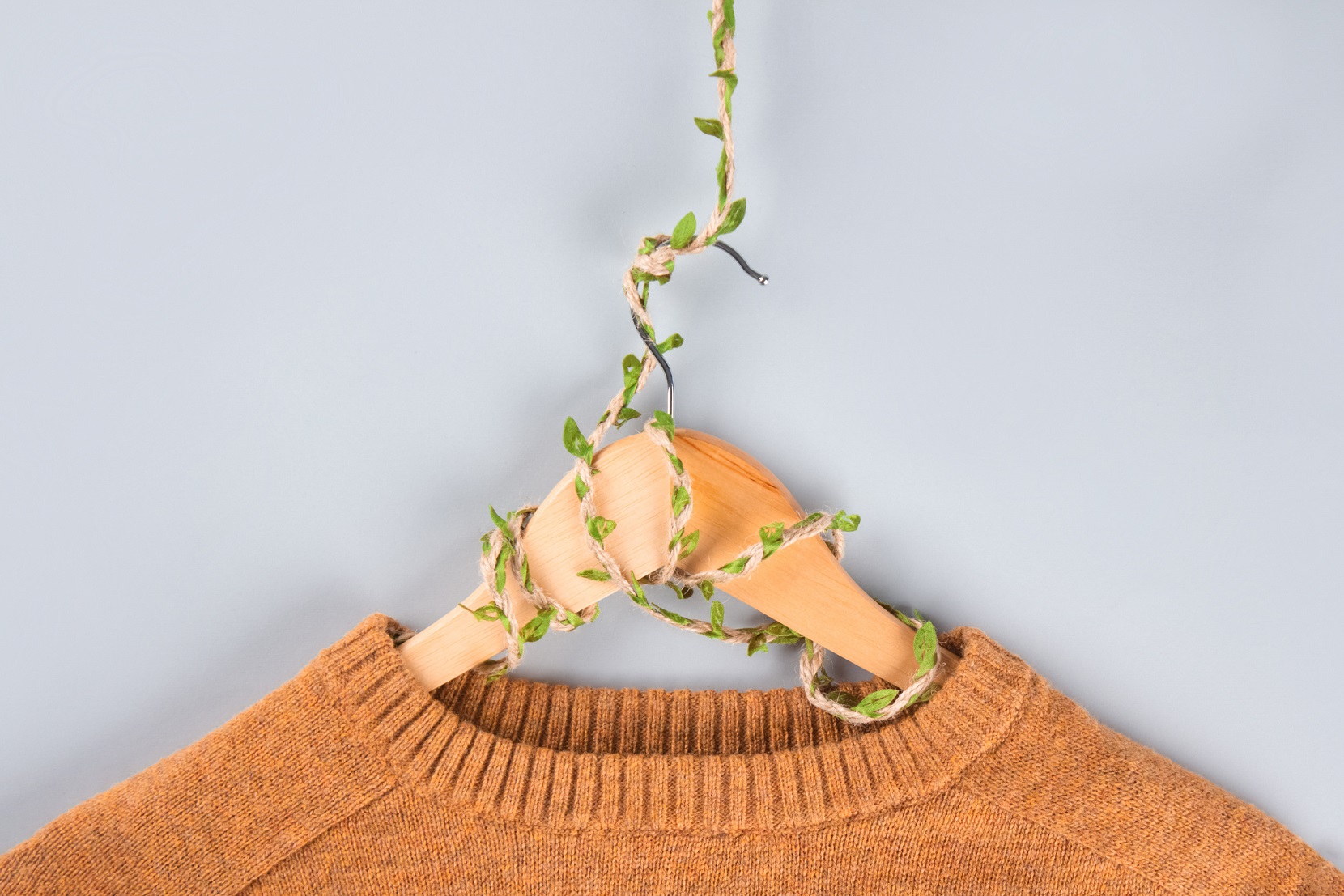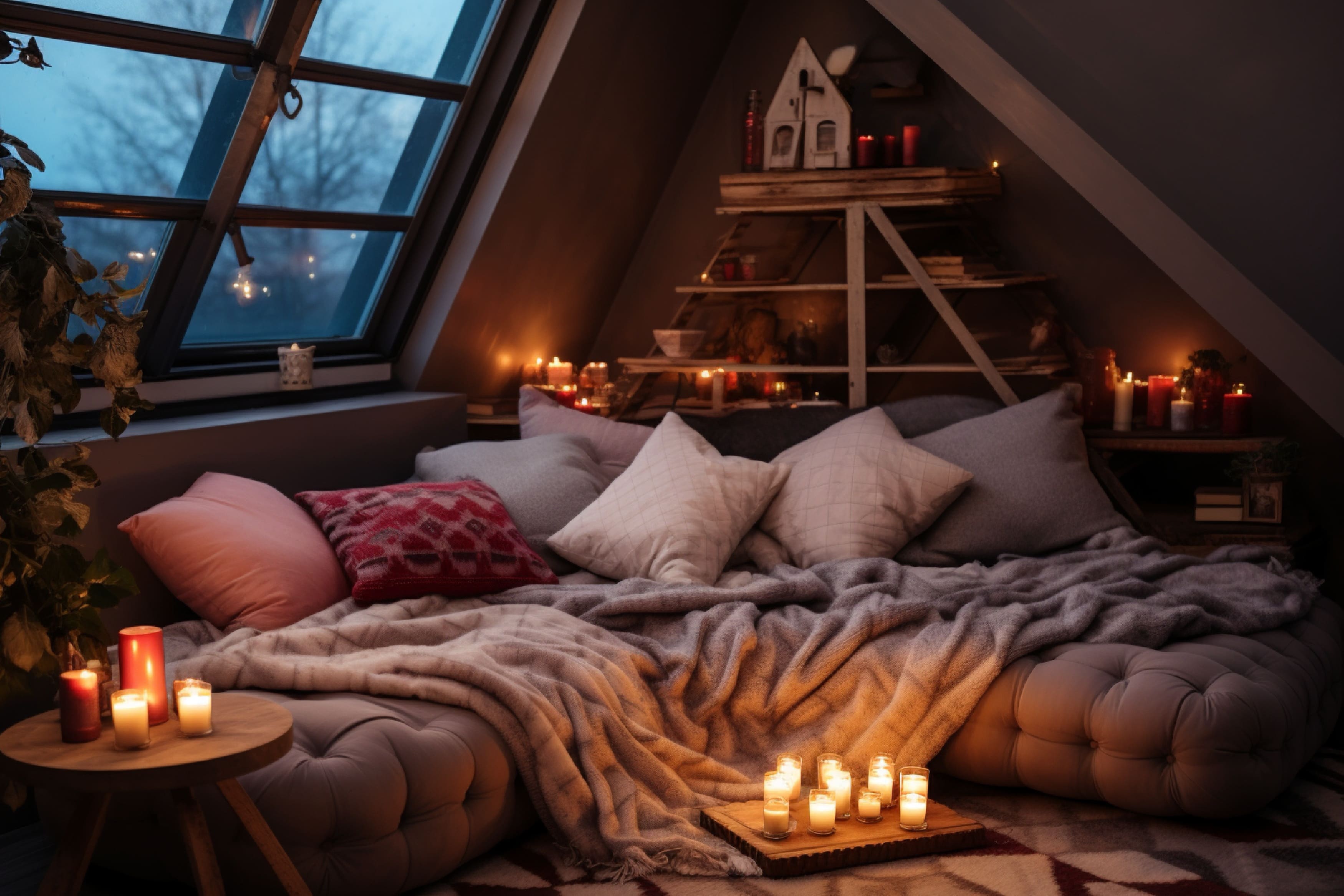The fashion industry is one of the most polluting industries in the world, responsible for around 10% of global carbon emissions and 20% of global wastewater. As consumers become more aware of the environmental impact of their purchases, there has been a growing demand for sustainable and eco-friendly fashion. This has led to the rise of the green fashion revolution, a movement that seeks to create a more sustainable and ethical fashion industry. As a home designer, it’s essential to stay up-to-date on this movement and incorporate eco-friendly elements into your designs. Here’s what you need to know.
The Impact of Fast Fashion
Fast fashion is a term used to describe the practice of quickly producing and selling low-cost clothing. This approach to fashion has become increasingly popular in recent years, but it has a significant impact on the environment. The production of fast fashion involves large quantities of water, energy, and chemicals, and it results in huge amounts of waste. In addition, fast fashion has been linked to poor working conditions and human rights abuses in developing countries.
The Rise of Sustainable Fashion
The negative impact of fast fashion has led to the rise of sustainable fashion, a movement that seeks to create clothing in a more ethical and environmentally-friendly way. Sustainable fashion involves using materials and production methods that are less harmful to the environment. This can include using organic or recycled materials, reducing waste, and designing clothes to last longer.
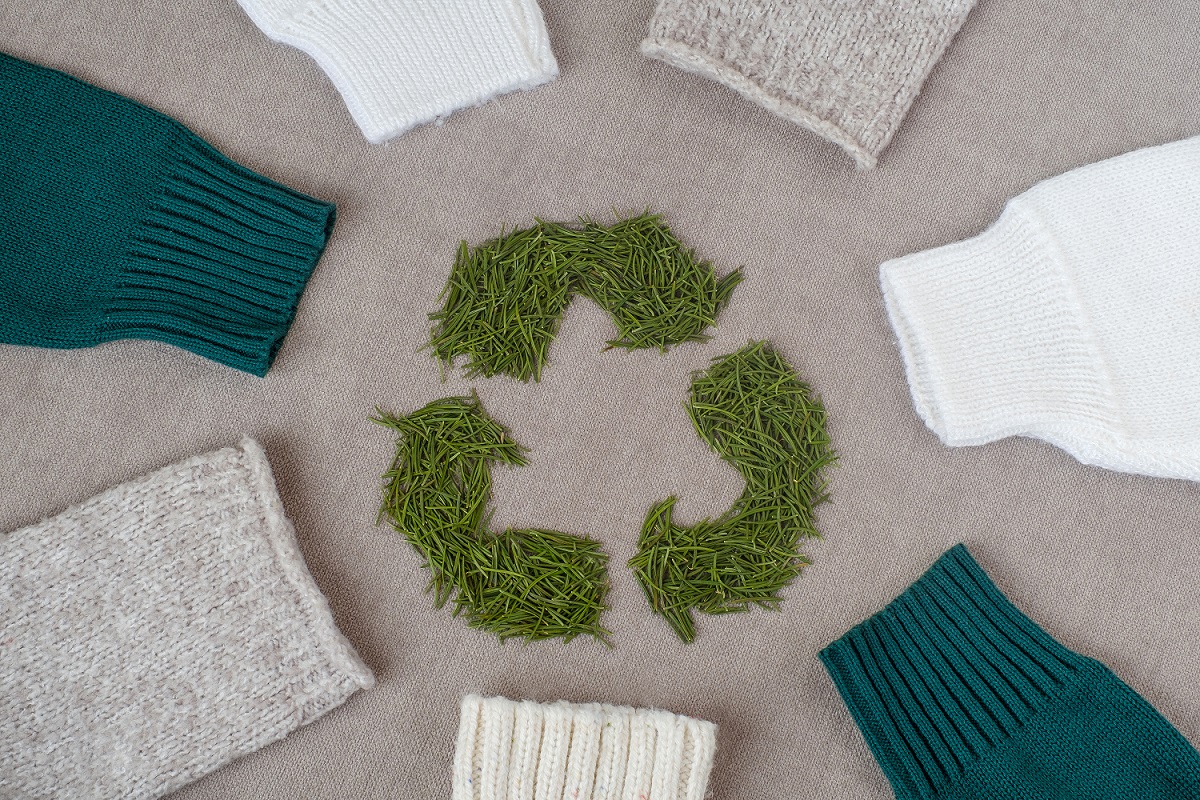
Eco-Friendly Materials
Eco-friendly materials are a key component of sustainable fashion. These materials are produced in a way that minimizes their impact on the environment. Examples of eco-friendly materials include organic cotton, recycled polyester, and hemp. These materials are often produced using less water and energy than traditional materials, and they can be recycled or biodegraded at the end of their lifecycle.
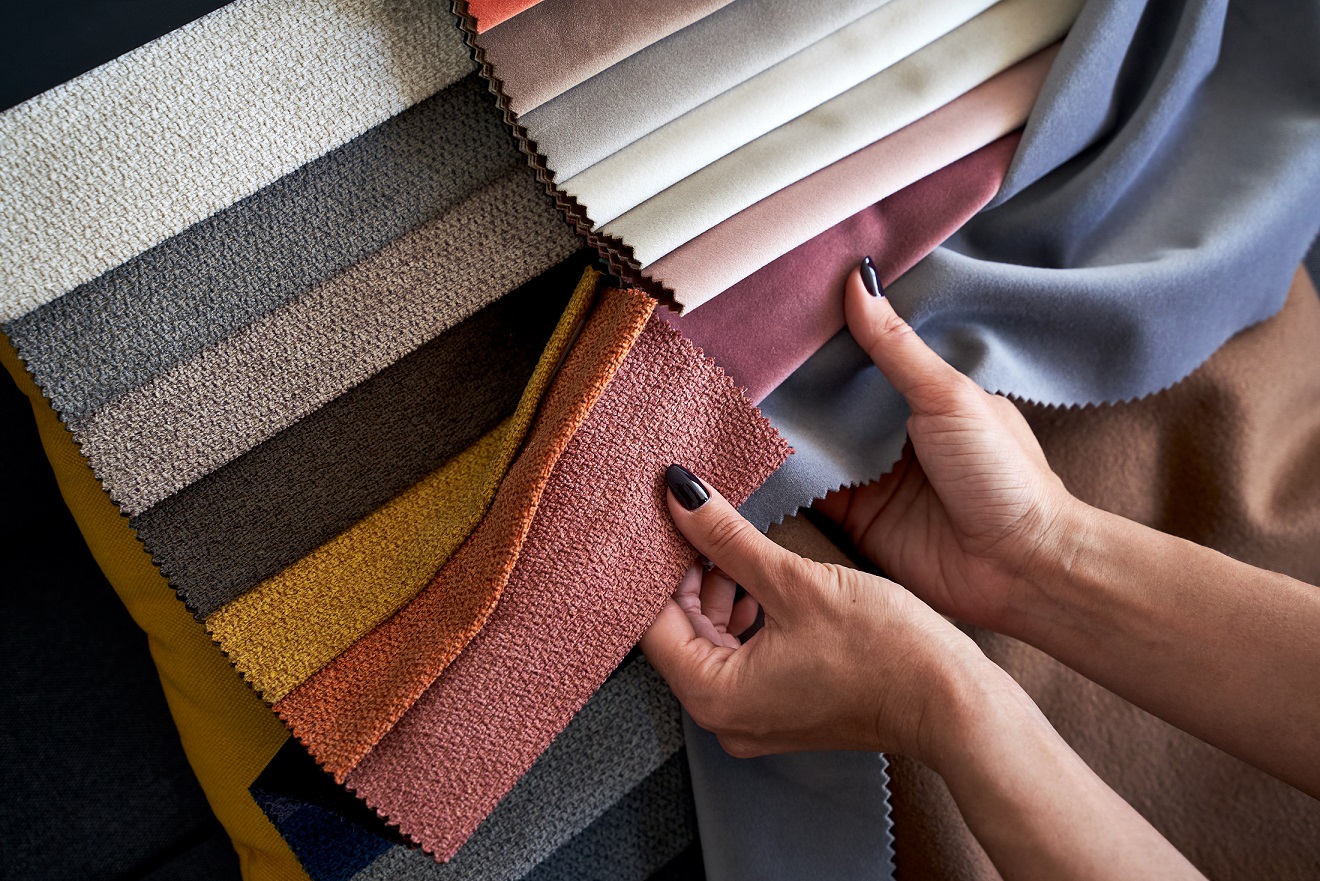
Circular Fashion
Circular fashion is an approach to fashion that seeks to reduce waste and create a closed-loop system for clothing production. This involves designing clothes that can be recycled or reused at the end of their lifecycle. Circular fashion also involves designing clothes to be more durable and longer-lasting, reducing the need for new clothes to be produced.
Sustainable Design in the Home
As a home designer, you can incorporate sustainable design elements into your work to support the green fashion revolution. This can include using sustainable materials in your designs, such as bamboo or cork flooring, and choosing energy-efficient lighting. You can also incorporate eco-friendly textiles, such as organic cotton or linen, into your designs. By embracing minimalism and focusing on essential elements in your designs, you can create a more sustainable and eco-friendly space.
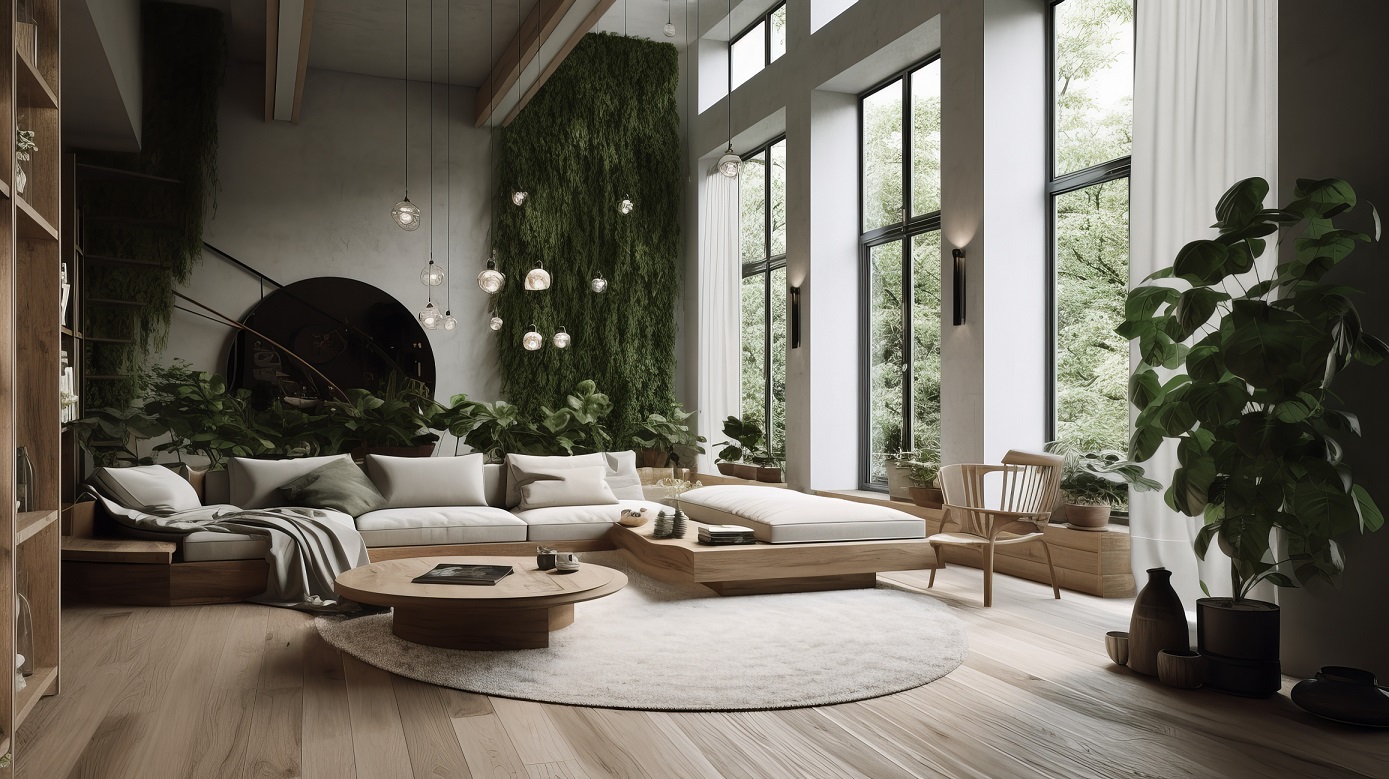
The green fashion revolution is an essential movement that seeks to create a more sustainable and ethical fashion industry. As a home designer, it’s important to stay up-to-date on this movement and incorporate eco-friendly elements into your designs. By using sustainable materials, embracing circular fashion elements even in home design, and designing for durability, you can support this movement and help to create a more sustainable future for the fashion industry.
Check out all the stunning fashion Designs waiting for you in the game today!




